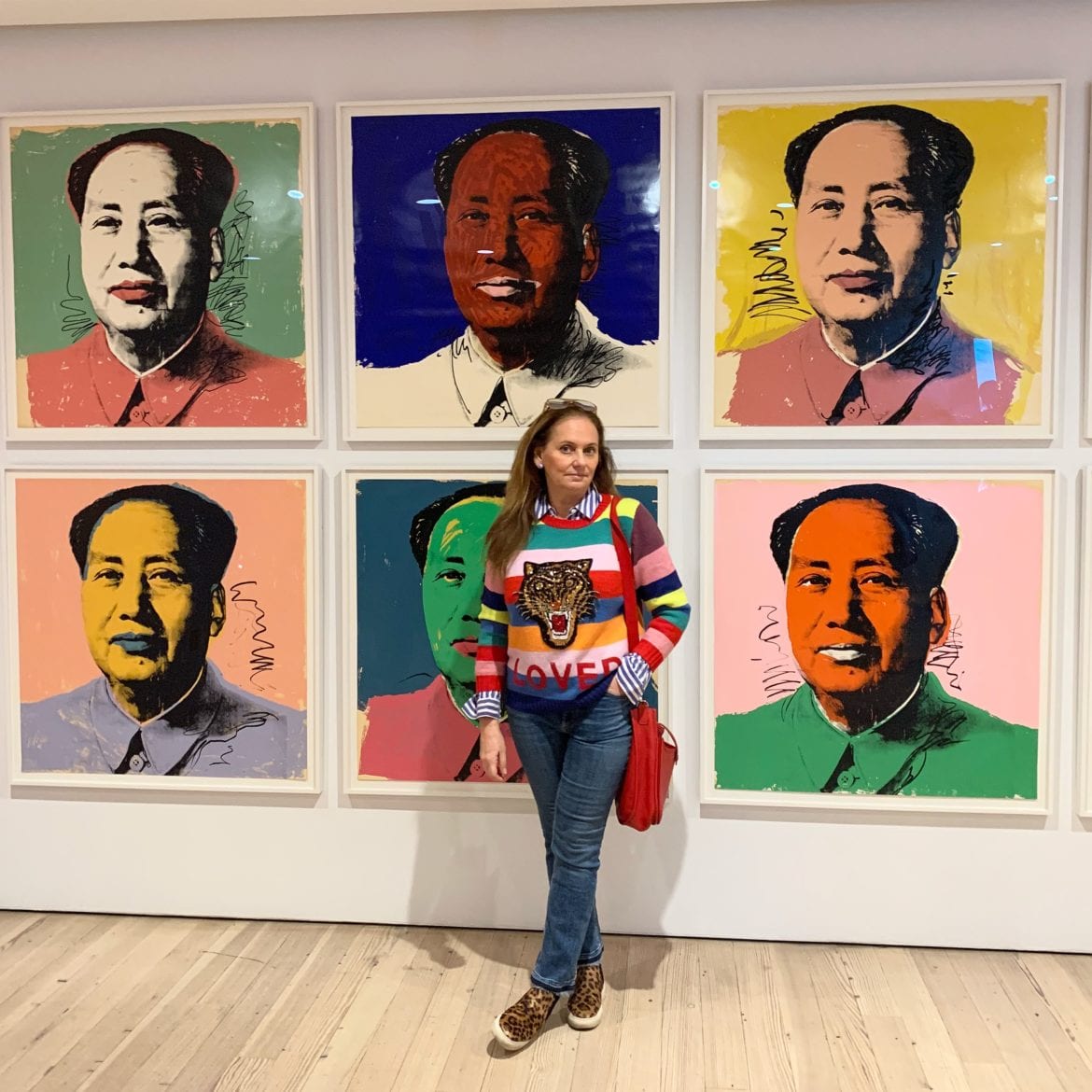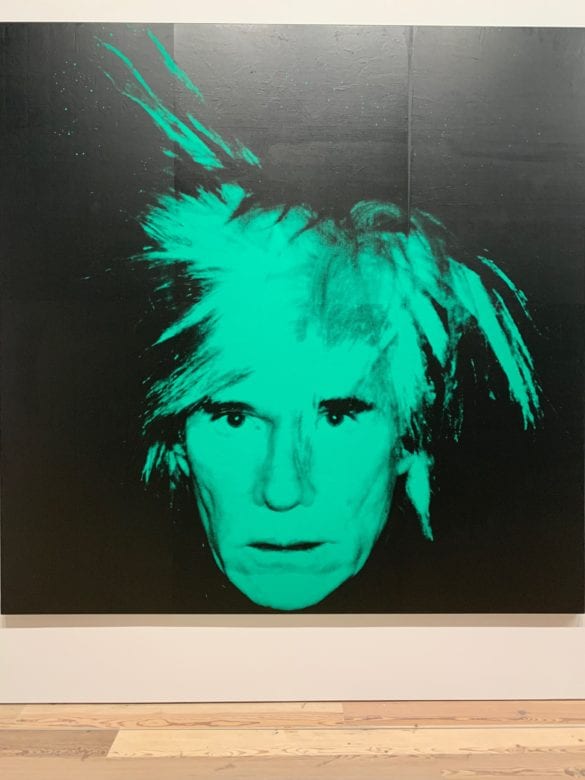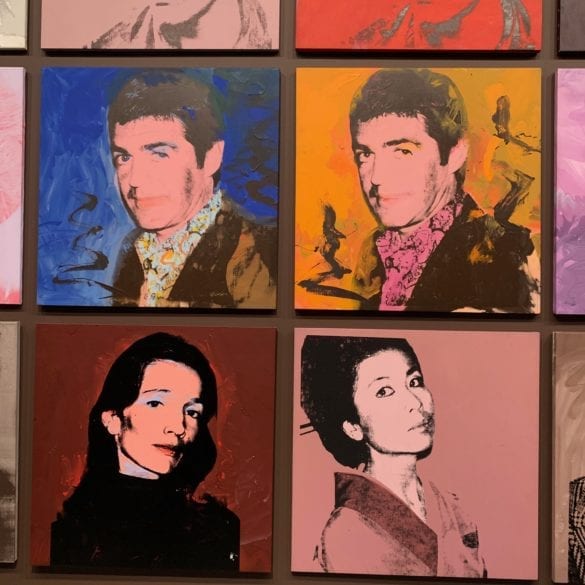““I always try to make the person look good. It’s easier if you give somebody something back that looks like them.”- Andy Warhol
Andy Warhol –From A to B and Back again is the largest United States retrospective of the artist work to date, with more than 350 works of art across all media and the first comprehensive presentation of his work in new York since 1989, shortly after the artist death. Beginning with his foundational 1950s work as a commercial illustrator and charting each chapter of his art making, this exhibition offers a holistic view of whole’s four-decade career and a reconsideration of his lesser -known and underestimated late work. With particular focus on his sensitivity to the reception of images, this landmark retrospective recasts Warhol, one of the America’s best-Known and most prolific artists, as a vanguard of the twentieth century and a herald of the twenty-first. The exhibition divided in two main floors and takes place at the Witney Museum in New York. Find a few pictures of my favorite art works in the gallery below and a small tour around the retrospective. If you happen to be in town take an afternoon for yourself and go, you won’t repent!
Floor One: Portraits
From 1968 to 1987, Warhol received hundreds of portrait commissions from business moguls, art collectors, socialites, fashion designers, models, royals, and celebrities of all kinds. His own public recognition gave Warhol access to those who sought the cachet of having their portraits painted by him, and with these works he brought renewed attention to the tradition of portraiture in the avant-garde art world. With his enormous talent Warhol revived the tradition of commissioned portraiture in American Art. This floor selection was made amongst the hundreds portraits that Warhol produced between 1968 and 1987. My favorites? The portraits of Giorgio Armani, Aretha Franklin , Mao and Carolina Herrera.
Floor Three: Prints, Video, TV, Film
This gallery, presents a selection of experimental works Warhol produced from the 1960s through the 1980s including groundbreaking output in film , video and screen printing. He was quick to incorporate new technologies and methods of distribution into his art, and produced a variety of moving image-from short commercials to diary-like videos of his studio activities to full-length television series.
From 1963 to 1968 Warhol produced hundreds of movies. Although his filmmaking was informed by a wide range of film genres and styles—including underground cinema, Hollywood, documentary, pornography, avant-garde performance and theater, portraiture, and minimalism—he consistently worked to redefine both the film-going experience and the practice of filmmaking itself on his own terms, pushing the limits of spectatorship with unwatchable long films, constructing new definitions of film performance, and embracing the flaws inherent to the medium of film, accepting the notion of accident, chance, and imperfection.



























